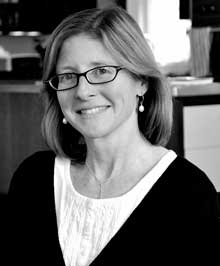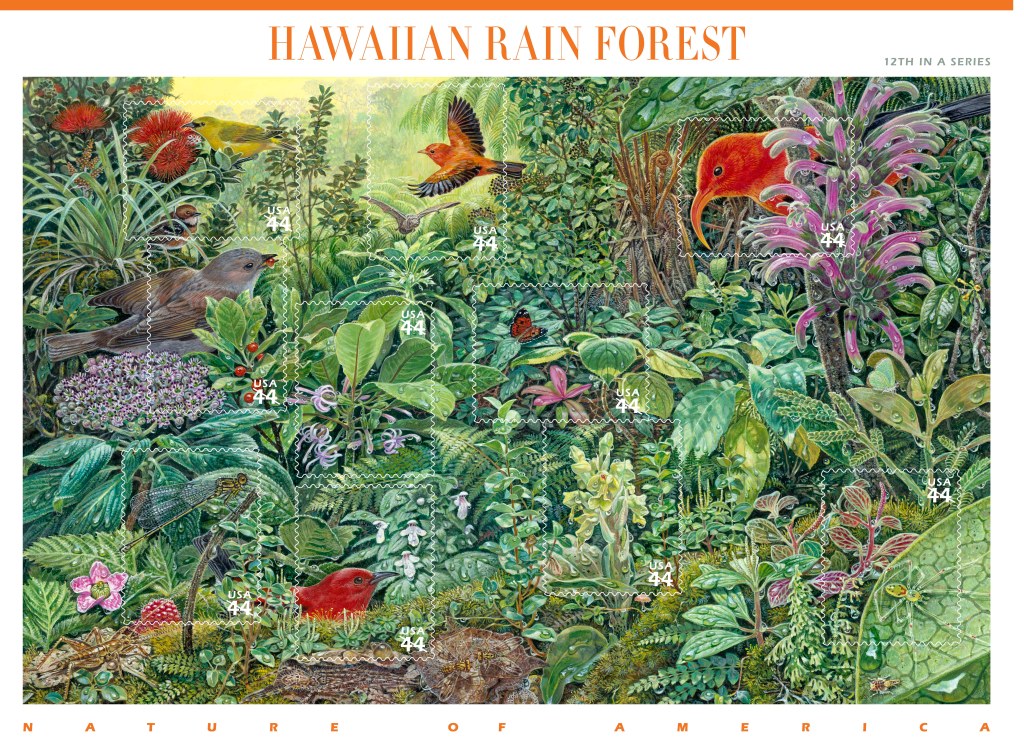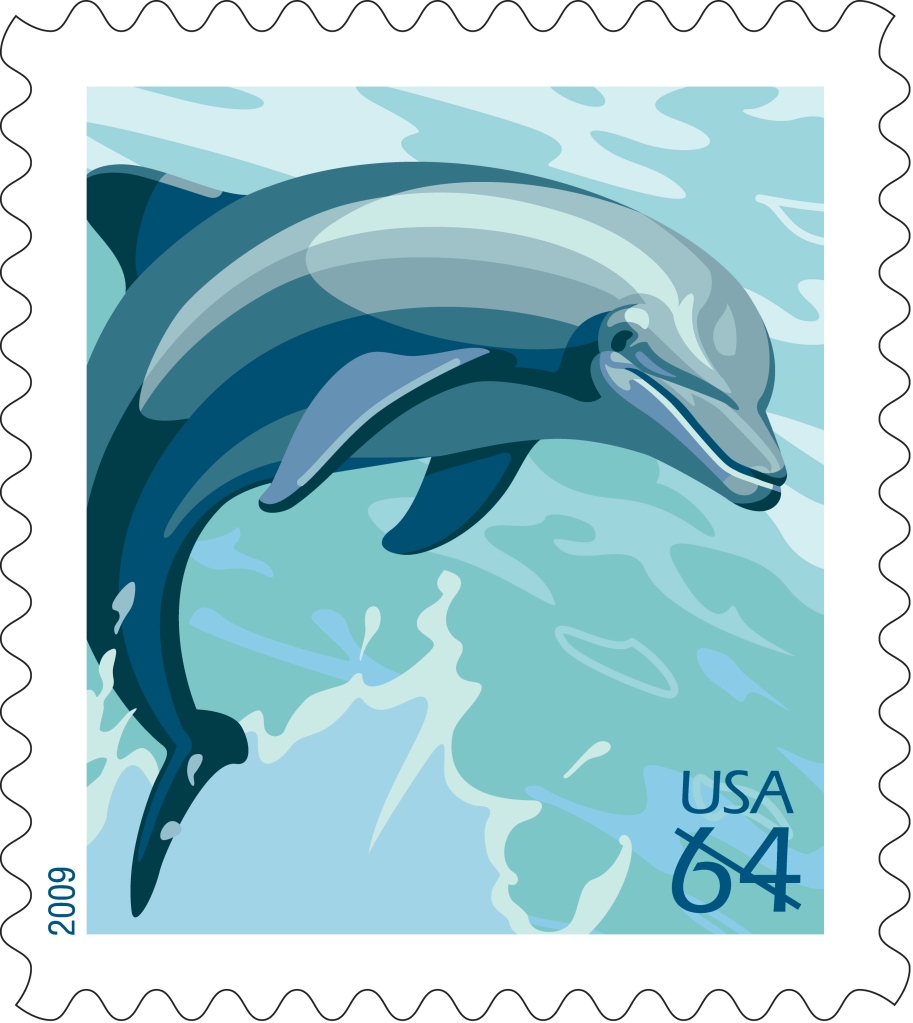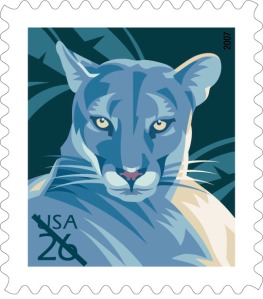In honor of Women’s History Month, we’re recognizing some of the great female artists and designers who have contributed to the stamp creation process. This is the third in an occasional series of interviews.
 Margaret Bauer is passionate about art and design. She spent 12 years in the Publishing Office of the National Gallery of Art, and in 2007, opened her own studio in Washington, D.C. She has designed a handful of stamps for the Postal Service. Her most recent projects were the Romare Bearden Forever® stamps and the , which were released in 2011.
Margaret Bauer is passionate about art and design. She spent 12 years in the Publishing Office of the National Gallery of Art, and in 2007, opened her own studio in Washington, D.C. She has designed a handful of stamps for the Postal Service. Her most recent projects were the Romare Bearden Forever® stamps and the , which were released in 2011.
I caught up with Bauer this week.
Growing up, were you interested in art?
Yes. I took afterschool art classes, and in school it was always the class where I felt most at home. We lived in New York City when I was young and we often went to museums. Also, my dad loved architecture and so looking at buildings and thinking about form was something I was exposed to.
How did you become interested in graphic design?
I took my first graphic design class my senior year in college and that’s how I learned that there was such a thing as graphic design—which was different than advertising or from being an “artist.” I immediately fell in love with it because it spoke to both my creative instincts and my sense of the meticulous.
Do you have a favorite art museum?
The Peggy Guggenheim Collection in Venice is terrific, as is the Beyeler Foundation in Basel, but I suppose if I had to pick a favorite, it would still be the National Gallery of Art in Washington. It is really and truly a national treasure, and having worked there for 12 years, it has a special place in my heart.
How did you first get involved with the Postal Service?
Art Director Derry Noyes asked me to work with her on the Georgia O’Keeffe stamp in 1995, and the collaboration took off from there. Since then we’ve worked together on Teddy Bears, Modern American Architecture, Industrial Design, and Romare Bearden.
Do you enjoy working on stamps?
Stamps are incredibly fun to work on for many reasons. I had a teacher that described stamp design as “poster design in miniature.” A lot of the same issues come into play—issues of readability and strong visuals. There’s not a lot of real estate to work with so the typography has to be carefully considered, and issues of scale and balance are important. I particularly enjoy working on sheets of stamps because then you are thinking about the composition of the sheet as a whole in addition to the design of each individual stamp. And of course it is thrilling to get a letter in the mail with a tiny piece of your creative effort stuck in the corner.
The Pioneers of American Industrial Design stamps seemed unique—what was it like working on those?
The Industrial Design stamps were sort of an extension of the Masterworks of Modern American Architecture sheet—both focused on the idea of “American Design.” At least, that’s how Derry and I conceived of them. So, the design objective was to use the basic format and palette that we used for the Architecture stamps, but rework it to fit the subject at hand, such that they might feel like part of a series and yet be unique enough to stand on their own. The difficulty came in trying to give commonplace objects a sense of presence and in finding a balance between something playful and something serious.
 Do you have a favorite stamp project that you’ve worked on?
Do you have a favorite stamp project that you’ve worked on?
I most enjoyed working on the Architecture stamps because they were the first sheet of 12 I ever worked on and because the subject matter was unbeatable. Also, I was intrigued by the challenge of the project: how to treat the buildings in a way that wasn’t static; how to show the details of these huge structures; how to make something cohesive out of images that were so diverse. Deciding to show dramatic details, to reproduce all the photography in black and white and contrast that with colorful but very structured typography, and to stagger the stamps on the sheet are some of the solutions we came up with.
Are you working on anything specific right now that you’d like to mention?
I am predominantly a book designer, working mostly on large exhibition catalogues for museums. Right now I am designing a book for MoMA and one for the Princeton University Museum of Art.




 So how did you become interested in graphic design?
So how did you become interested in graphic design? For the past decade, Nancy Stahl has helped create artwork for the Postal Service. The Long Island native’s recent projects include the Save Vanishing Species semipostal (2011)—which features a portrait of an Amur tiger cub—the Bobcat one-cent stamp (2012), and the Holy Family Forever® stamp (2012).
For the past decade, Nancy Stahl has helped create artwork for the Postal Service. The Long Island native’s recent projects include the Save Vanishing Species semipostal (2011)—which features a portrait of an Amur tiger cub—the Bobcat one-cent stamp (2012), and the Holy Family Forever® stamp (2012). I planned to be an illustrator from the moment I knew there was such a thing. I remember a friend telling me she posed for a neighbor who was an illustrator some time in middle school. Seventh grade, I’d guess. I’d been drawing since I was old enough to grab a crayon. I was the one who drew the card for the kid who was out sick in class, or for the teacher’s birthday. My drawings were up on the bulletin board for the class photo. It was inevitable.
I planned to be an illustrator from the moment I knew there was such a thing. I remember a friend telling me she posed for a neighbor who was an illustrator some time in middle school. Seventh grade, I’d guess. I’d been drawing since I was old enough to grab a crayon. I was the one who drew the card for the kid who was out sick in class, or for the teacher’s birthday. My drawings were up on the bulletin board for the class photo. It was inevitable. The wide audience, instant recognition, the fact that stamps can be our country’s icons in a minor way and collectors will keep my images around for a very long time. I also like doing work that is very simple (not that drawing them is easy by any means… it’s often very difficult to have something read the way you want at a small size)—distilling something to its core is a great mental exercise.
The wide audience, instant recognition, the fact that stamps can be our country’s icons in a minor way and collectors will keep my images around for a very long time. I also like doing work that is very simple (not that drawing them is easy by any means… it’s often very difficult to have something read the way you want at a small size)—distilling something to its core is a great mental exercise.